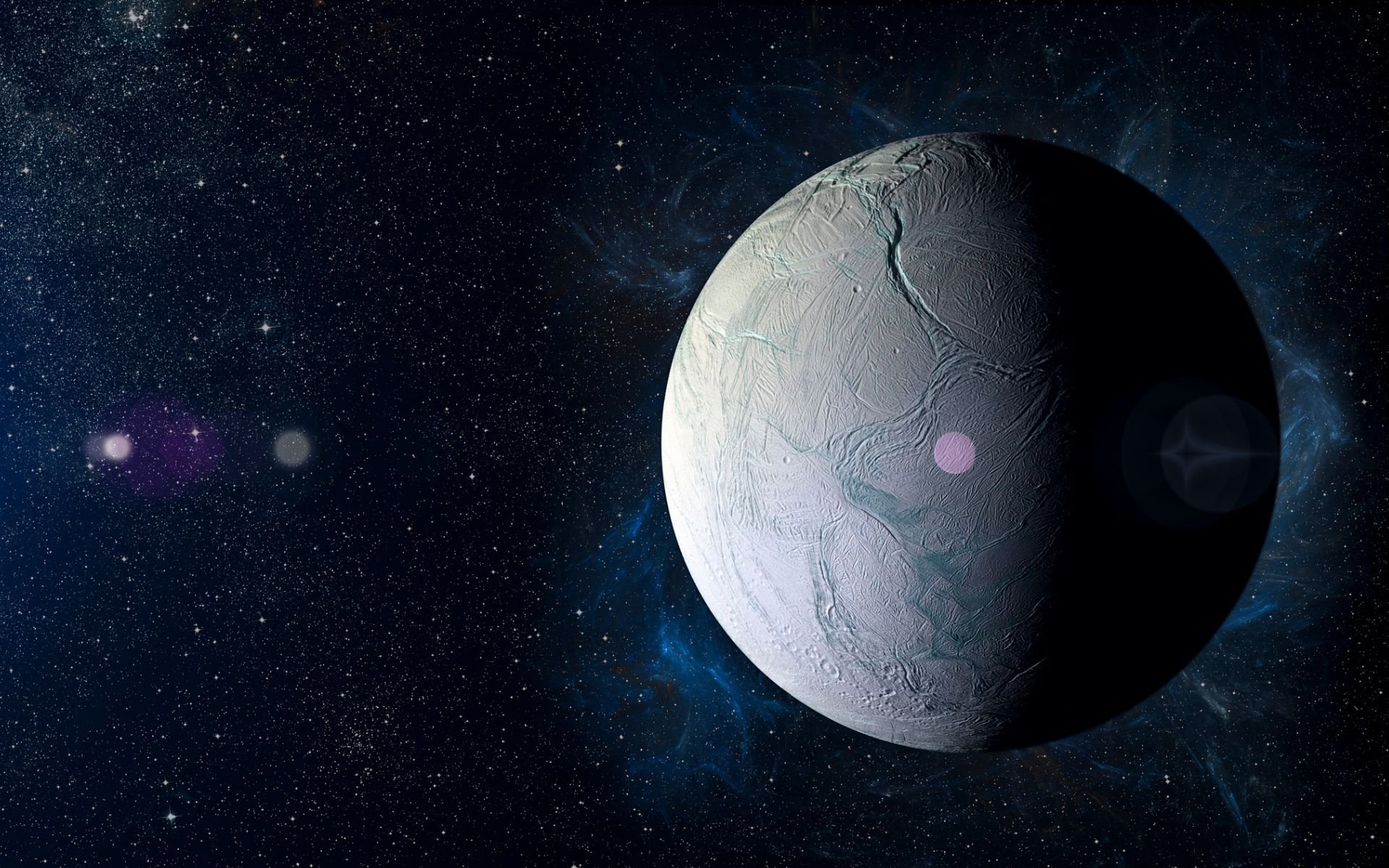Discovery of a toxic substance found in hydrothermal jets emerging from the icy crust Possibilities for life on Saturn’s moon revealed from Enceladus’ south pole. Hydrogen cyanide (HCN) molecules, a known poisonous gas detected by NASA’s Cassini spacecraft during its 13-year expedition to the ringed planet, may paradoxically be related to biological processes.
Since Cassini ended its mission to Saturn six years ago, its data has been collected by the clouds of giant ice grains and water vapor occasionally expelled from cracks in Enceladus’ crust. It is rich in organic compounds such as water, carbon dioxide, methane, ammonia and molecular hydrogen.
Now scientists have leveraged data collected by the space probe’s Ion and Neutral Mass Spectrometer (INMS) to identify smaller compounds in the Enceladus cloud; some of those Like acetylene, propylene, ethane, and the aforementioned hydrogen cyanide, which are thought to be of great importance to habitability.
Enceladus’ liquid ocean
Historically considered a speck of cosmic vastness, Enceladus is a frozen moon 504 kilometers in diameter that is too far from the Sun to hold liquid water on its surface. However, due to Saturn’s mass, its gravitational force It produces enough friction to melt ice and create an ocean of liquid water.
If scientists found a methane-producing metabolic process in Enceladus’ plume in 2017, the new study expands that perspective, revealing additional, much more powerful sources of chemical energy: oxidized organic compounds, signaling the release of chemical energy capable of sustaining life.
Energy that could create and sustain life on Enceladus

“The discovery of hydrogen cyanide was particularly exciting because it was the starting point for many of the theories regarding the origin of life,” said the paper’s first author, Jonah Peter, who completed much of the research as part of his doctoral dissertation at Harvard University. He works at the Jet Propulsion Laboratory, NASA’s Jet Propulsion Laboratory.
This feeling is justified: The formation of life as we know it requires protein building blocks such as amino acids. In this context, HCN is often theorized to be an important component in the formation of amino acids under certain prebiotic conditions.. Because of their versatility, the authors call these molecules the biological “Swiss Army Knife.”
In addition to the chemical compound, the researchers concluded that the huge ocean hidden beneath Enceladus’ ice crater contains a powerful source of chemical energy. According to Peter, these molecules from the ocean on Saturn’s moon are not only essential for the formation of life, but “can sustain that life through metabolic reactions.”
At TecMundo I kept up to date with the latest astronomical discoveries about our solar system’s ‘Lord of the Rings’ moon. If you wish, have the opportunity to meet the NASA robot that will search for life on the moons of Jupiter and Saturn.
Source: Tec Mundo
I’m Blaine Morgan, an experienced journalist and writer with over 8 years of experience in the tech industry. My expertise lies in writing about technology news and trends, covering everything from cutting-edge gadgets to emerging software developments. I’ve written for several leading publications including Gadget Onus where I am an author.













